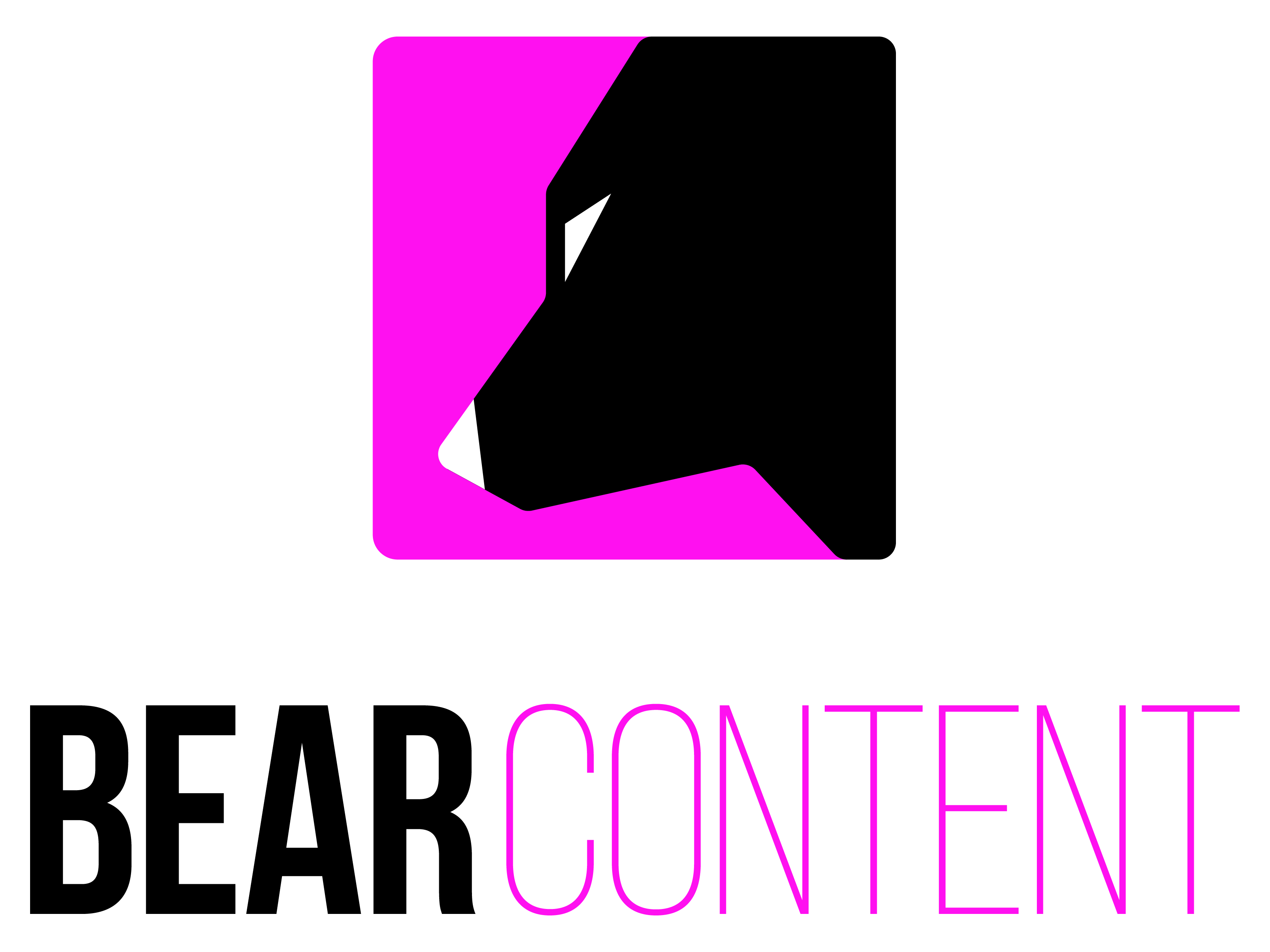In the ever-evolving world of content marketing, businesses constantly search for the most effective ways to engage their audience and deliver value.
One ongoing debate is whether to focus on long-form or short-form content. Both have merits and drawbacks, but understanding how each type can benefit your business is crucial for crafting a successful content strategy.
In this blog post, we’ll delve into the differences between long-form and short-form content and help you decide which approach is right for your business.
Defining Long-form and Short-form Content
Long-form content typically exceeds 1,200 words and provides in-depth information, analysis, or storytelling.
Examples of long-form content include comprehensive guides, detailed case studies, and long blog posts. This type of content aims to provide valuable, well-researched information that showcases your expertise and thought leadership.
On the other hand, short-form content is more concise, generally ranging between 300 and 1,000 words.
It is designed for quick consumption and is often focused on providing immediate value, entertainment, or inspiration.
Examples of short-form content include social media posts, short blog articles, and listicles.
Short-form content is typically easier to produce and share, making it a popular choice for many businesses.
Advantages of Long-form Content
Establishes authority and expertise: Long-form content allows you to showcase your in-depth knowledge and expertise in your industry. By providing comprehensive information, you can show your brand as a reliable source of valuable content.
Boosts SEO: Search engines like Google tend to favour long-form content as it provides more in-depth information and is more likely to satisfy user queries. Longer content often ranks higher in search results, leading to increased organic traffic and improved online visibility.
Encourages engagement and relationship-building: Long-form content can foster deeper connections with your audience by providing valuable insights and addressing their needs or pain points. This can lead to increased trust and loyalty and opportunities for lead generation and conversions.
Long shelf life: Comprehensive, evergreen long-form content can continue to drive traffic and generate leads over an extended period, providing lasting value to your business.
Advantages of Short-form Content
Quick consumption: Short-form content is designed for easy, on-the-go consumption, making it ideal for capturing the attention of busy or mobile users. In an era where attention spans are dwindling, short-form content can be a powerful way to engage your audience and deliver value quickly.
Shareability: Due to its concise nature, short-form content is more likely to be shared on social media platforms, increasing your brand’s reach and visibility.
Easier to produce: Short-form content often requires less time and resources to create, allowing businesses to make a higher volume of content and maintain a consistent publishing schedule.
Variety and versatility: The brevity of short-form content allows for greater experimentation and diversity in topics, formats, and styles, enabling you to cater to a wide range of audience preferences.
Which is Right for Your Business?
There is no one-size-fits-all answer to this question, as the ideal content strategy depends on your business goals, target audience, and available resources. However, here are some factors to consider when deciding between long-form and short-form content:
Your target audience: Consider the preferences and needs of your target audience. Are they seeking in-depth information and insights, or are they more likely to engage with quick, easily digestible content? Understanding your audience’s preferences can help you tailor your content strategy accordingly.
Your industry and niche: Some industries or niches lend themselves more naturally to long-form content due to the complexity of the subject matter. For example, technology, finance, or healthcare businesses may benefit from producing comprehensive guides and detailed analyses to demonstrate their expertise.
Your content goals: Are you aiming to establish your brand as an industry thought leader or generate leads? Long-form content may be more effective in achieving these goals. Conversely, short-form content may be more suitable if your primary goal is to increase social media engagement or drive short-term traffic.
Your resources: Consider your resources, including time, budget, and human resources. Focusing on short-form content may be more sustainable and cost-effective if you work with limited resources. However, investing in long-form pieces can yield significant long-term benefits if you produce high-quality, in-depth content.
A balanced approach: The most effective content strategy for many businesses incorporates long-form and short-form content. This allows you to capitalise on the strengths of each content type and cater to a broader range of audience preferences. A balanced approach can help you maintain a consistent publishing schedule while producing valuable, in-depth content.
***
The debate between long-form and short-form content could be clearer-cut, and the ideal approach depends on your business’s unique circumstances and goals.
By understanding the strengths and weaknesses of both content types, you can make informed decisions about the best content strategy for your brand.
Ultimately, the key to a successful content marketing strategy is consistently creating high-quality, valuable content that resonates with your target audience.
Whether you focus on long-form, short-form, or a combination of both, always prioritise delivering value and meeting your audience’s needs.
Doing so will strengthen your brand’s reputation, foster deeper connections with your audience, and drive meaningful results for your business.
🚀 Boost your brand with the right content strategy! Dive into our latest blog post exploring long-form vs short-form content and learn which approach is best for your business. Share on X


